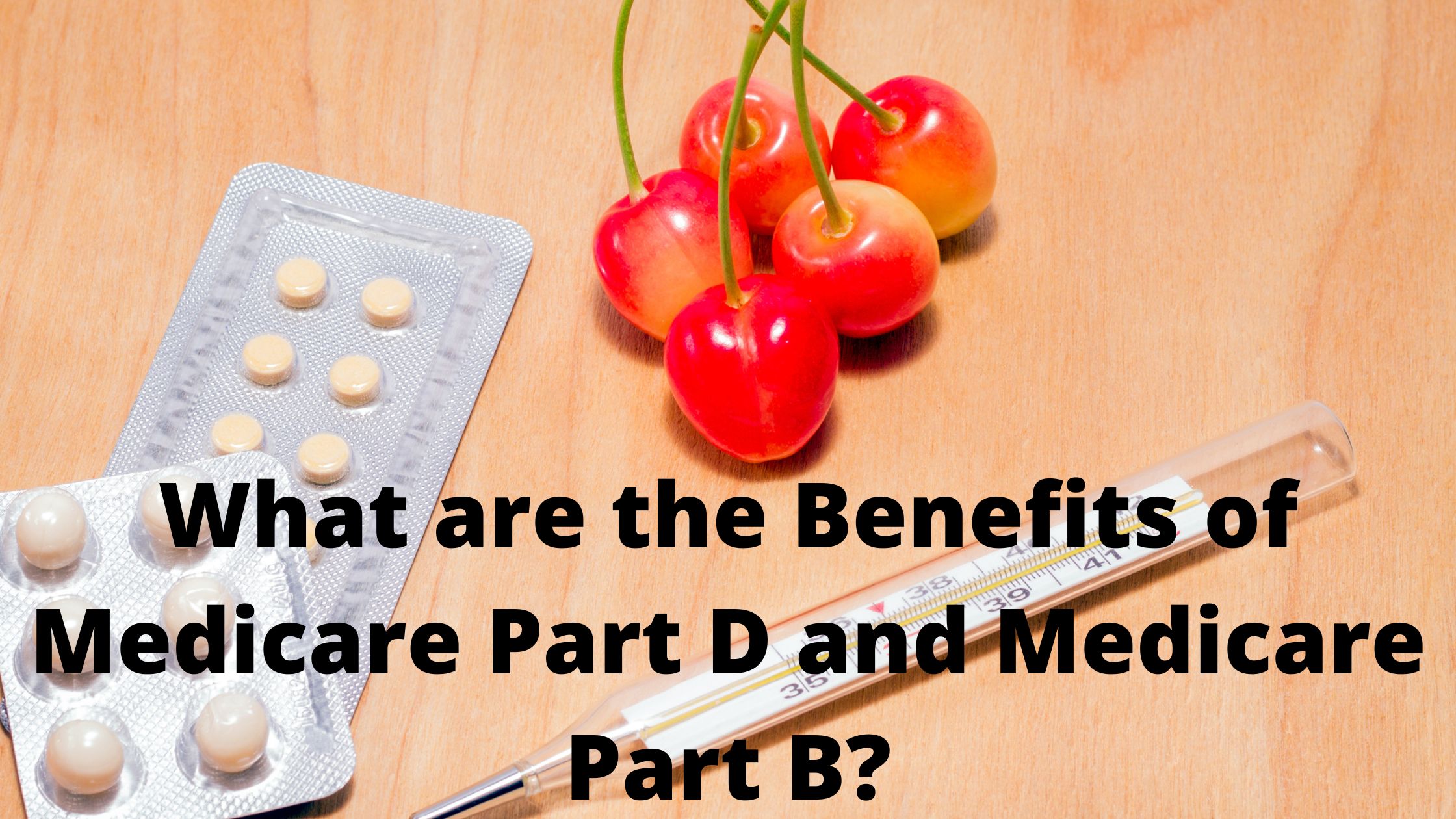Medicare is a government-sponsored healthcare program that provides insurance coverage to citizens aged 65 and over, as well as many people with disabilities. If you’re looking to enroll in Medicare, it’s important to be aware of the different parts of the program – Part D is for prescription drugs, and Part B covers hospitalizations and other medical costs. In this article, we provide an overview of each part of Medicare, as well as explain why they are so beneficial.
What is Part D?
Part D is the part of Medicare that covers prescription drugs.
There are several reasons why having Part D is beneficial. First, it allows you to access medications that may not be covered by your health insurance plan. Second, it can save you money by buying medications in bulk and having them delivered directly to your home. And finally, Part D can help you manage your medications better by providing information on how to use them and manage your prescriptions.
If you’re interested in learning more about Part D, be sure to check out our blog section!
What is Part B?
Part B is Medicare’s Part B program. It covers outpatient prescription drugs and medical supplies.
What is Part D?
Part D is Medicare’s prescription drug coverage program. It covers both brand-name and generic drugs.
Why are they beneficial?
The Complete Guide to Medicare Part D and Medicare Part B and Why They are Beneficial provides information on what these programs are, how they work, and the benefits that come with them. These programs can help you save money on your prescriptions, as well as get the medications you need for a low cost.
What are the Benefits of Medicare Part D and Medicare Part B?
Medicare Part D is a prescription drug plan that helps seniors and people with disabilities afford prescription drugs. Medicare Part B covers doctor visits, hospital stays, and other medical costs.
Both Medicare Parts D and B offer important benefits for seniors and people with disabilities. For example, Medicare Part D helps seniors afford prescription drugs, while Medicare Part B covers doctor visits, hospital stays, and other medical costs. In addition, both programs help people save money on their health care costs.
If you are a senior or have a disability, it is important to know about the benefits of Medicare Parts D and B. Armed with this information, you can make the best decisions for your health care needs.
How Much Does Medicare Cost?
Medicare is a government-run healthcare program that covers costs for people aged 65 and over and people with disabilities. Medicare Part D provides prescription drug coverage, while Medicare Part B covers hospitalizations and other medical expenses. Both parts of Medicare are necessary to stay healthy and avoid costly long-term health care expenses.
Medicare Parts A and B have different benefits, but together they provide comprehensive coverage for both prescription drugs and hospital stays. The annual premiums for Medicare Parts A and B are currently set at $134 per month, but the cost of coverage can vary depending on your income and the type of plan you choose.
Because Medicare covers so much of the cost of health care, it can be a tremendous financial help for seniors. In fact, according to recent studies, almost half of all seniors rely on Medicare for at least some portion of their healthcare costs.
If you’re aged 65 or older or have a disability, it’s important to know about Medicare Parts A and B so that you can make the best choices for your own health care needs.
Are There any Extra Costs When You Start Coverage under a Medicare Plan?
There may be some extra costs when you start coverage under a Medicare plan, but these costs are generally minor and often worth it in the long run. Here are four of the most common costs to watch for.
1. premiums: You’ll likely have to pay a premium when you enroll in a Medicare plan, which is an initial charge on your behalf. The amount of the premium will vary depending on the plan you choose and your age. Generally, premiums increase with each decade that you are covered by Medicare, so it’s important to check with your insurance company to see what the current rates are.
2. copayments: When you first start coverage under a Medicare plan, you may have to pay a copayment for doctor visits and other medical services. The amount of the copayment will depend on your income and how much insurance coverage you have through your job. Keep in mind that many providers also offer free or discounted services to people who use their insurance plans.
3. coinsurance: When you go see a doctor or receive treatments at a hospital, part of the cost will usually be billed as coinsurance – meaning that you’ll be responsible for a percentage of the cost instead
How do I Make the Right Decision about Which Medicare Plan to Choose?
Starting in 2006, seniors began to experience a change in their insurance landscape. Prior to that time, seniors could choose between traditional Medicare (Parts A and B) and a private plan. With the passage of the Medicare Prescription Drug, Improvement, and Modernization Act (MMA), however, all seniors became eligible for both Medicare Parts A and B. Aspects of the MMA that impacted seniors included:
-All seniors are now covered by Medicare regardless of whether they have private insurance or not.
-The Part D fee schedule was lowered significantly, making it more affordable for people to enroll in Part D plans.
-The Part D drug benefit offers nearly all generic medications at no cost to beneficiaries.
-The Part D coverage limit was increased from $2,250 per year to $6,700 per year.
Considering all these benefits, it’s important for seniors to understand their options when it comes to Medicare plans. This guide will help you make the right decision about which plan is best for you.*
If you are over 66 years old and have been receiving Social Security benefits for at least 10 years, then you are automatically eligible for Medicare
Conclusion
Today, we are going to be discussing Medicare Part D and Medicare Part B. These two programs have been around for a long time, and they are very beneficial to those who enroll in them. Part D is known as the prescription drug program, and it helps you get affordable prescriptions from pharmacies. Part B is known as the health insurance program, and it helps pay for medical expenses that you might incur. In this article, we are going to discuss why these programs are so beneficial, and we will also provide you with some tips on how to enroll in them if you are eligible. Thank you for reading!

